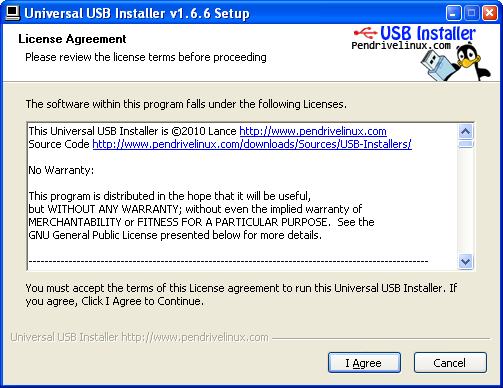

- #Update bios with universal usb installer manual
- #Update bios with universal usb installer upgrade
- #Update bios with universal usb installer portable
- #Update bios with universal usb installer Pc
Enter the command “ list disk” to display all available storage devices.Type the command “ diskpart” and confirm your input with the enter key (you’ll also do this after every other entered command).This opens a small window with white text on a black background. Search for the “ cmd” application in the Windows start menu, right-click on the item, and select “ Run as administrator” from the context menu.Plug the USB drive into your computer’s USB port.If you dare to do the necessary work by hand, you can simply use the cmd.exe application, better known as “Command Prompt”, to create a bootable USB drive on all operating systems from Windows Vista (including Windows 10). Downloading directly from the company’s website is also possible for Windows 7 and Windows 8, for example.

In the case of Windows 10, this can be done completely legally via the media creation tool from Microsoft. But it’s simpler to just download the required operating system from the internet. You can create such an ISO file yourself, though, for example with the use of tools like WinISO, UltraISO, or the burn program InfraRecorder.
#Update bios with universal usb installer Pc
Today, Windows is generally preinstalled on a system partition of a matching PC or laptop. These files used to be found on a CD- or DVD-ROM, which came with a new computer or could be acquired separately.
#Update bios with universal usb installer portable
To obtain a high working speed (or enable the creation of a portable operating system), the selected drive should support the standard USB 3.0.
#Update bios with universal usb installer manual
The first option seems a bit complicated at first glance, and because of the various manual steps is slightly more error-prone, but it’s still doable even if you’re not an expert. There are basically two possible methods: either manually or using automated tools. Use a “portal operating system” on a foreign computerĪ bootable USB drive can of course be created on a different computer than the one you want to use it on later.

#Update bios with universal usb installer upgrade
Upgrade an old operating system to Windows 10.

Use a recovery system to repair your PC.Here are all possible uses for a bootable USB drive: A portable operating system also offers more security in case a keylogger on a foreign computer stores your passwords or your computer is infected with a virus. This way, you can not only navigate in your familiar work environment but also access all your important documents via the cloud. With this, you can use your preferred Windows version with all your favorite tools and personal data on foreign computers without having to fuss with the operating system already installed (regardless of whether it’s Windows or something else). The drive also serves as a “clean” reinstallation of the operating system if it’s become too slow as a result of accumulated garbage.Įxperienced computer experts and IT professionals also like to use a bootable USB as a “ portable operating system” (the concept is known as “Windows2Go” for Microsoft). You can also use a bootable USB to upgrade Windows 7 or 8 to Windows 10 if a previously automatic upgrade doesn’t function correctly. Even if no such PC emergency is present, it’s a good idea to have a Windows image for data backup on a USB-capable storage medium (could also be an external hard drive) on hand.


 0 kommentar(er)
0 kommentar(er)
